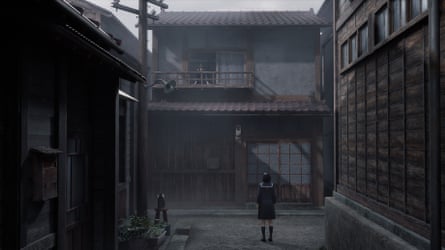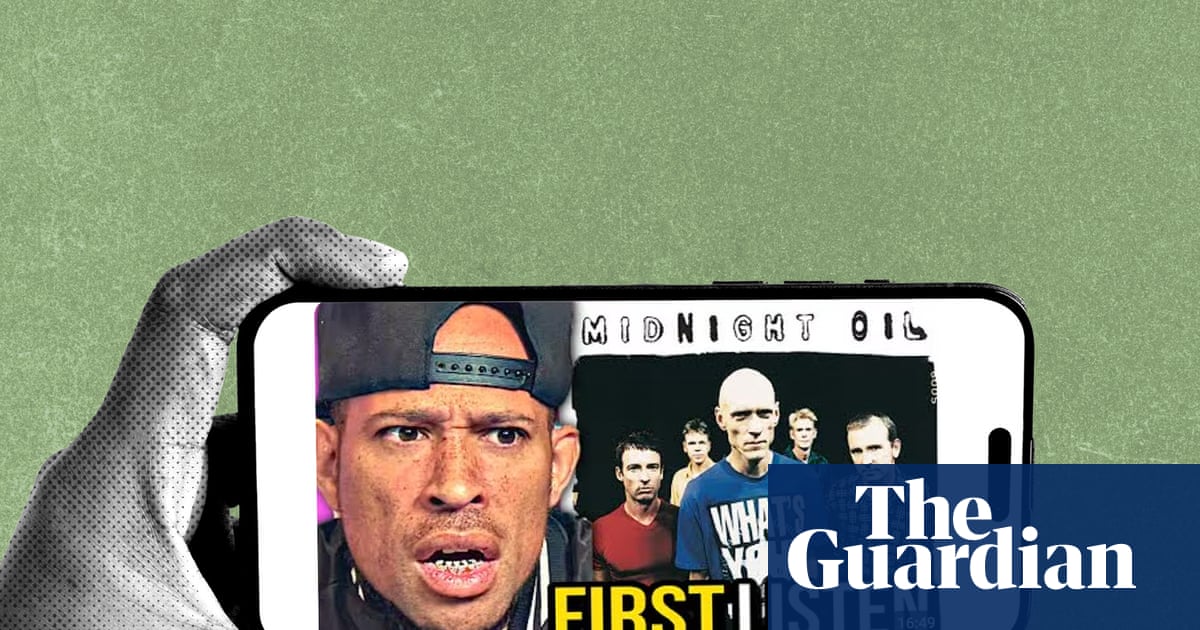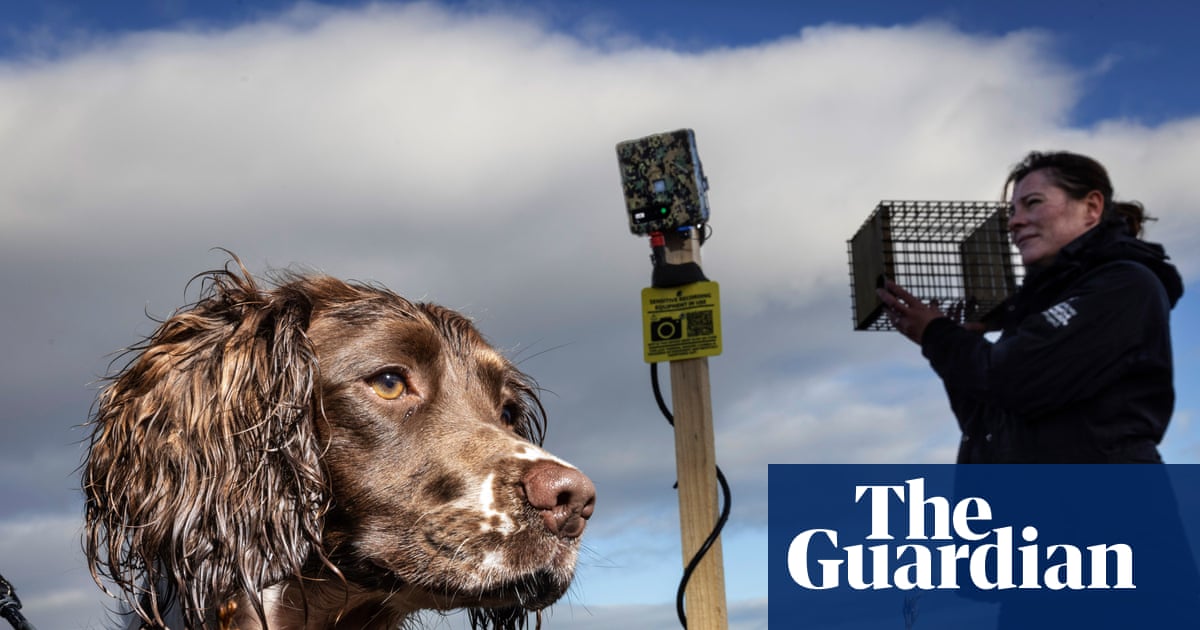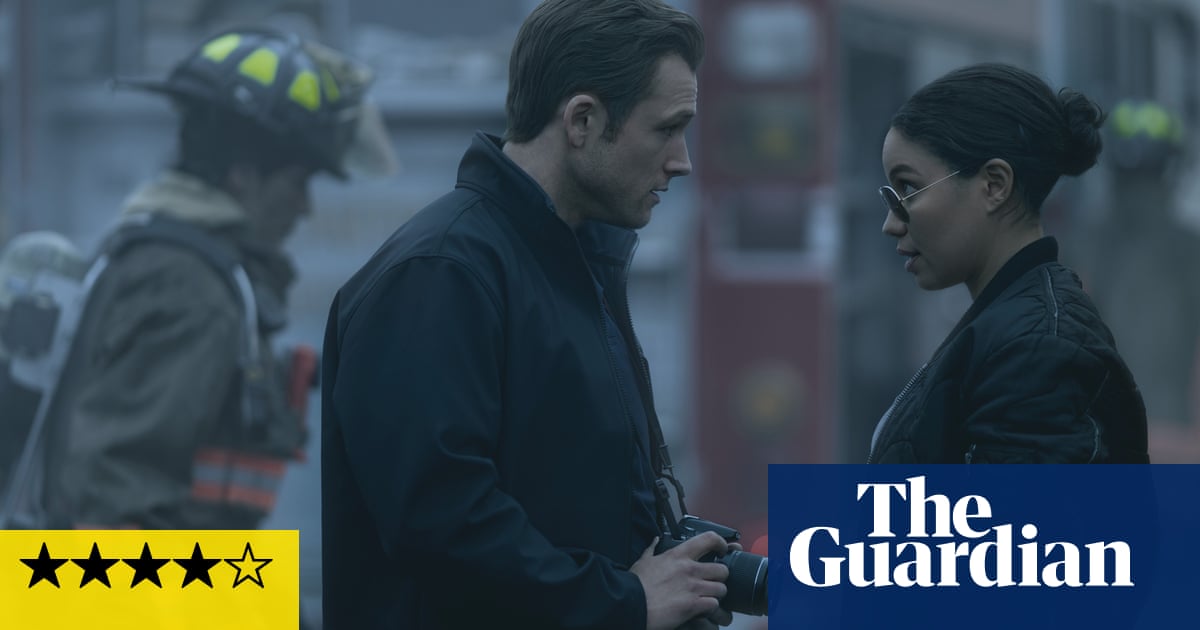There are some horror games you can finish in a couple of days of intense play; they almost invite that sort of frenzied consumption. But there are others that need to be savoured, and sometimes even suffered. Silent Hill f is in the latter category, which is why our review is somewhat delayed. This slowburn descent into psychological horror is set in 1960s Japan, but it also has pertinent things to say about the modern era and the tendrils of misogyny crawling out of the basement of the culture wars.
Lead character Hinako Shimizu is a school girl in the small conservative town of Ebisugaoka. Her father is a bully who treats his wife like a servant and his daughter like an inconvenience, her best friend is Shu, a boy who may harbour deeper feelings for her – much to the frustration of another friend Rinko, who has a serious crush on him. It reads like a teen drama, which in a way it is, until an apocalyptic supernatural fog descends on the town and almost everyone goes missing.

From here, we are very much in classic Silent Hill territory. You must explore the streets and alleys of the stricken town, now populated by a range of psychosexual monsters, from jolting marionettes with daggers to the wildly Freudian hatchers, who are covered in breast-like cysts and continuously give birth to more beasts. Whenever Hinako loses consciousness she finds herself in a shadowy underworld, where a man with a fox mask effectively gaslights her into a seemingly destructive quest of self-discovery and rebirth – against the warnings of her childhood doll, which makes regular visitations.
The game, then, joins a crowded pantheon of horror texts that explore – often with a sense of dread and repugnance – the transition from girl to woman. Like The Exorcist, like Carrie, like the onryō movies of modern Japanese horror cinema we are in the territory of the “monstrous-feminine”, cinema academic Barbara Creed’s famous study of horror films in which the female reproductive body is a source of abject anxiety and revulsion. Just as the village in Silent Hill 2 came to embody lead character James Sunderland’s psychosexual neuroses – the monsters that lurk in the darkened, misty corners of Hinako’s home town are exaggerated versions of her own everyday fears as well as the attitudes of the society she lives in.
It is fascinating stuff, filled with arresting imagery. From the desolate farmland bordering the town, to the shadowy halls of the spirit world, each location is filled with detail that quietly serves the narrative. Combat is stilted and sometimes frustrating, but that was always the case with this genre until Resident Evil 4 came along, and we’re playing as a school kid not a special ops soldier or an elite cop. The puzzles are familiar to survival horror veterans, but challenging enough to keep you going. The little cinematic scenes in which you meet up again with Rinko and Shu build the complexities of their friendship, and the societal expectations it apes, without outstaying their welcome. The endings tie in with previous games, providing an array of outcomes, some ghastly, some hilarious.
Most of all, this is that rarest of things: a horror game that actually has something to say. Rather than simply throwing jumpscares and black-haired ghost ladies at you until you submit, it uses rural mythology and superstition as a lens through which to examine the harms of patriarchy and the rigidly gendered expectations it thrusts on to teenagers. It also proves that the survival horror genre still has so much to give, 30 years after its inception. You must come to Ebisugaoka as soon as you can, and stay at least a week, maybe longer.

 1 day ago
12
1 day ago
12

















































